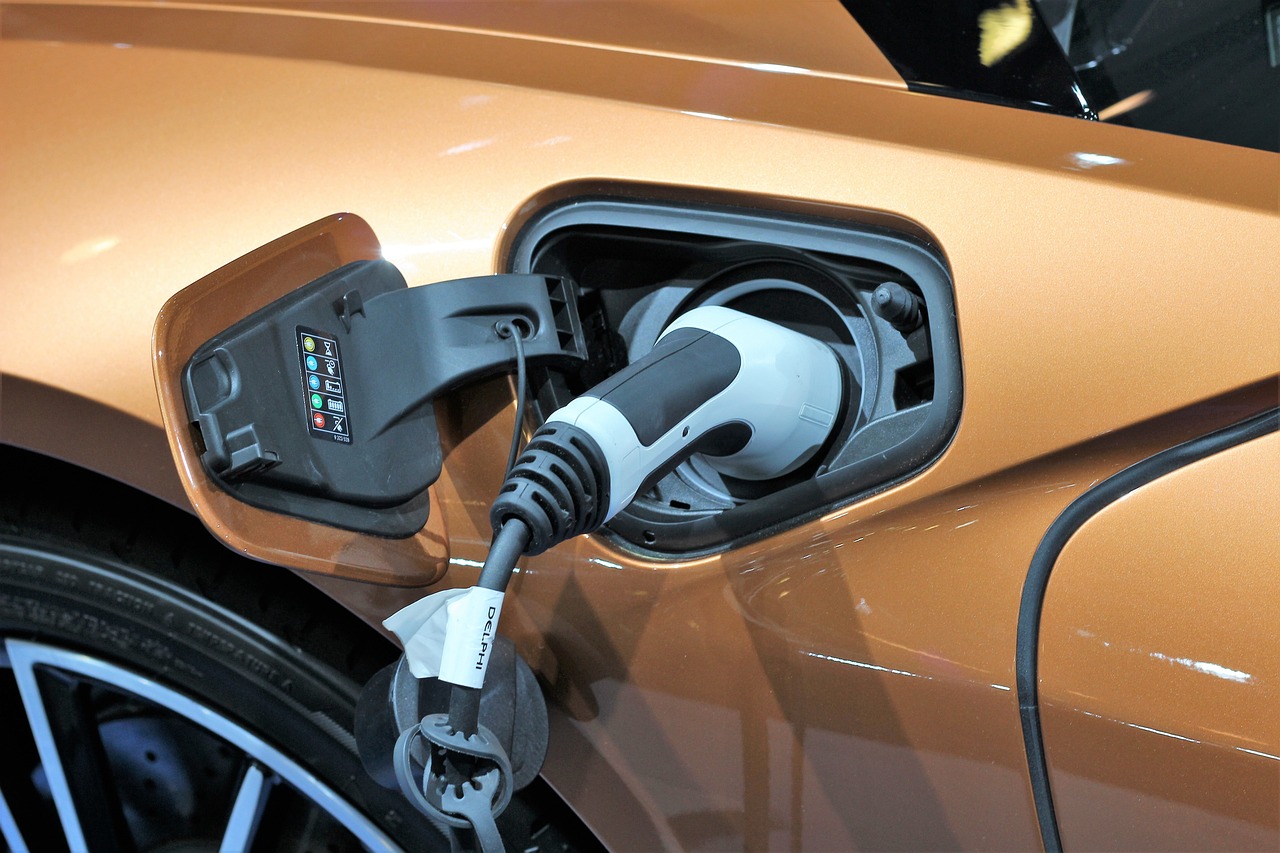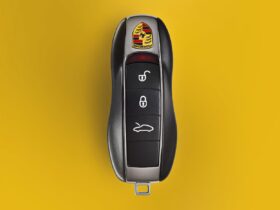Mercedes-Benz has reached a pivotal moment where the general public has become accustomed to electric vehicles (EVs), prompting the automotive giant to rethink the design of its EV models.
Several years ago, Mercedes-Benz launched its new electric vehicle range, starting with the Mercedes EQC, an electric SUV designed as an alternative to the GLC model. This initiative led to a diverse lineup of electric vehicles varying in size, power, and price, each boasting a distinct and recognizable design. However, a significant shift in this approach is now underway.
Historically, Mercedes-Benz electric vehicles not only featured unique designs but were also named with a specific nomenclature, prefixed with ‘EQ’. However, the unveiling of the latest electric model has marked a departure from these conventions. The new electric G-Class has dropped the distinctive aesthetic features typical of previous models and has also adopted a new naming convention, moving away from the anticipated ‘EQG’ to ‘G 580’.
In a recent discussion with Autocar, Robert Lesnik, Head of Exterior Design at Mercedes, explained this change. He stated that the initial generation of electric vehicles needed to stand out with specifically engineered designs to reflect their novel architecture. “We always said the first-generation electric vehicles should look different. An expressly built architecture deserved an expressly built design,” Lesnik commented.
However, as the market has matured and consumers have become more accustomed to electric vehicles, the necessity for distinctive designs has diminished. “After the first generation, we believe there’s no real need to make these look different because people are already used to them,” Lesnik added. He highlighted that while the brand initially aimed to differentiate their first-generation electric vehicles significantly, the future trajectory aims to integrate electric and combustion engine models into a unified family look.
Despite moving away from purely aesthetic distinctions, practical elements unique to electric vehicles, such as the enclosed grille—which requires less ventilation than combustion engines—and aerodynamic wheels, will likely continue to feature in the designs. These components, while practical, also contribute to the unique character of Mercedes-Benz’s electric vehicles.
This strategic shift reflects Mercedes-Benz’s broader vision of evolving and adapting its electric vehicle range to align more closely with its traditional models as consumer acceptance and familiarity with EV technology grow. This move indicates a significant transition in the automotive industry as manufacturers strive to integrate sustainability with conventional appeal.












Got a Questions?
Find us on Socials or Contact us and we’ll get back to you as soon as possible.